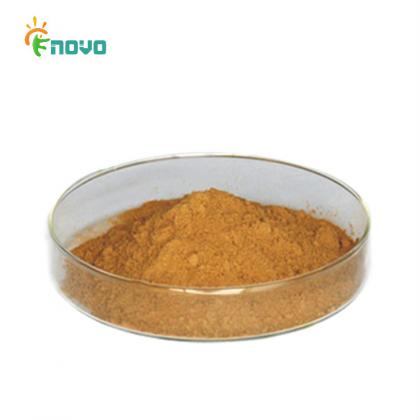Gold Standard Supplement Creatine
1. The global sports nutrition market approaches $45 billion in 2021 and
is expected to grow at a rate of 10% to reach $72.5 billion by 2026. Creatine,
one of the most popular nutritional enhancers for athletes, is consumed by
Americans at more than 4 million kilograms per year, with global usage much
higher.
Creatine can provide energy quickly (the activities of the human body rely
on ATP (adenosine triphosphate) to provide energy, and the storage of ATP in
the body is low; especially during exercise, ATP is consumed faster, and at
this time creatine can quickly re-synthesize ATP to supply energy). In
addition, timely supplementation of creatine can effectively improve muscle
strength, speed and endurance, and help to improve physical fitness and
training levels and relieve body fatigue.
2. Status of Foreign Regulations
2.1 European Food Safety Authority (EFSA)
(1) A causal relationship has been established between creatine
consumption and improved physical performance during short-term,
high-intensity, repeated workouts. To achieve the stated effect, 3 g of
creatine should be consumed daily. The target population is adults who perform
high-intensity exercise [1]
(2) In resistance (resistance) training, a causal relationship has been
established between the consumption of creatine and the improvement of muscle
strength. In order to achieve the desired effect, 3 g of creatine needs to be
consumed daily while performing resistance training, which should be performed
at least three times a week for several weeks at an intensity of at least
65-75% of one repetition maximum. The target population is adults over 55 years
of age who perform resistance training regularly [2]
(3) The European Food Safety Authority (EFSA) panel concurred with the
Scientific Committee on Food (SCF) that intake of high loading doses of
creatine should be avoided and that intake of up to 3 g of supplemental
creatine per day (similar to the daily turnover rate of creatine) is unlikely
to pose a risk if high-purity creatine monohydrate is used in foods for
specific nutritional purposes [3]
2.2 U.S. Food and Drug Administration (FDA)
Creatine monohydrate is GRAS approved (GRN No.931)
Target use: Used as an original ingredient in functional beverages,
protein bars and protein powders, shakes, meal replacement bars and meal
replacement powders, imitation meat products, and dry powdered drink mixes at
1.2 g/serving (equivalent to 1.0 g creatine/serving)
2.3 Food Standards Australia and New Zealand (FSANZ)
Creatine can be used as a nutrient in formulated supplemental sports foods
[4]
2.4 Korea Ministry of Food and Drug Safety (MFDS)
Creatine is a functional food ingredient (produced as sodium sarcosinate
and cyanamide aqueous solution) [5]
2.5 Singapore Food Authority (SFA)
Protein isolates, including whey isolate and creatine, are available as
dietary supplements [6]

 English
English















